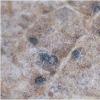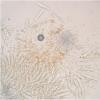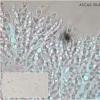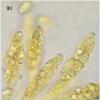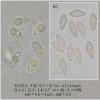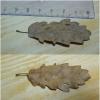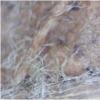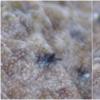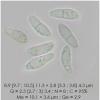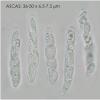
09-11-2025 13:20
Hello.A tiny ascomycete, appearing as erupting gra

08-11-2025 00:29
 Francois Guay
Francois Guay
I found this species in Quebec, Canada, on herbace

04-11-2025 09:07
Hello.A suspected Hymenoscyphus sprouting on a thi

04-11-2025 12:43
 Edvin Johannesen
Edvin Johannesen
Hi! One more found on old Populus tremula log in O

03-11-2025 21:34
 Edvin Johannesen
Edvin Johannesen
These tiny (0.4-0.5 mm diam.), whitish, short-stip
Hi Susana,
Immature Gnomoniaceae, probably. But it would be good to check it in a few weeks. Because quercicolous Gnomoniaceae with aseptate ascospores are not present in Europe (no Gnomoniella known, for example). Shape is not really ellipsoidal, we can think at the genus Dicarpella widespread in North America. By the way; which species of Quercus is it ?
Best wishes,
Alain

I had a chance to examine european collection on leaves from the Canarias, in 2008. So, Dicarpella fits there in ecology. Also Clypeoporthella , in spite on stems, looks similar as there is black stroma. You must see at a later stage if there are beaks formed in the ascomata.
Regards,
Dimitar
Better state, and better suggestion.
Again, this Gnomniopsis is not known in Europe, so.... I can't help you more.
Alain

